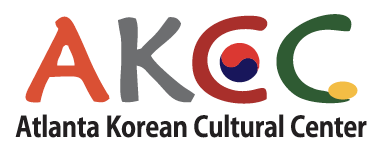Traditional Dances
Drum Dance (삼고무, 오고무) - The drum dance is usually performed by a group of 3, but can be performed by as many as 20 dancers. As the dancers and their drums are right next to one another, dancers must move in a synchronized manner which requires a lot of teamwork and collaboration. Drum dance blends both traditional and contemporary Korean dance movements.
Jindo Drum Dance (진도북춤) - A type of drum dance where dancers strap a single drum (buk) to their bodies and dance harmoniously under special rhythms of the drums. It’s composed of various tunes, a mixture of linear and curved motions, with a rhythm that is light, elegant, and unique.
Fan Dance (부채춤) - This modernized style of Korean traditional dance is usually performed by groups of dancers and is known for its elegant moves. The colorful costumes, fans, choreography, and music all come together to create the images of flower blossoms and butterflies in Spring.
Beokku Dance (버꾸춤) can be described as a traditional Korean folk dance that showcases a combination of dynamic movement and rhythm, often accompanied by the use of a beokku (버꾸), a type of small double-sided drum. This dance is deeply rooted in Korea’s cultural heritage and is often performed during traditional celebrations, festivals, or rituals. Performers typically wear colorful traditional attire, and their movements are lively and expressive, reflecting the energy and spirit of Korean folk traditions.
Taepyung Dance (태평무) - This dance means “great peace dance“ wishing great peace for the country. It reflects the aesthetic principle of inner dynamics in the stillness, which is the essence of Korean traditional dance.
Sword Dance (칼춤/검무) - Also known as Geommu, this dance is performed with special costumes, dance moves, and music. The dance is known for its grace in performance. Extra emphasis is put on the movement of the costuming, notably the sleeves, in harmony with the movement of the dancer. The sword is a short replica blade with rings.



